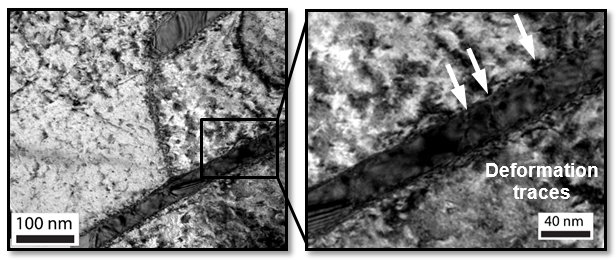Fundamental mechanisms of carbide decomposition
The formation of white etching areas (WEAs) and cracks (WECs) cause early failures of bearing steels on different applications, such as rail raceways [1] and wind turbine gearboxes [2]. During service, high contact forces, either resulting from bearing balls or wear debris, cause the deformation of carbides such as cementite, releasing carbon to the matrix, followed by the formation of nanocrystalline structure in the matrix. Additionally, other factors such as temperature rise and hydrogen absorption, could also assist carbide decomposition. Although this phenomenon has been investigated for more than 25 years, the fundamental mechanisms of carbide decomposition are still not clear. Our aim is to systematically understand carbide decomposition by applying different potential factors (deformation, heat, electric current, and hydrogen absorption) on a Fe-C binary pearlite. High resolution techniques, such as electron microscopy and atom probe tomography, are used for characterization of the underlying mechanisms.

